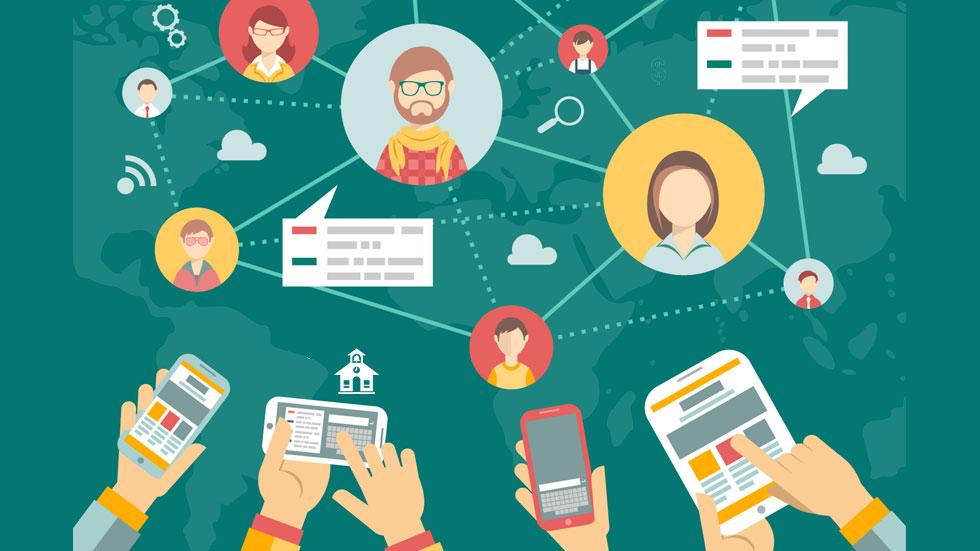When we say that our lifestyle has changed, it tends to point towards various trends and things that have brought that difference.
The rise of social media is one of those trends, and by its nature, it appears like it’s here to stay! And its adoption is increasing regardless of a person’s age.
According to this research, by January 2019, there have been 3.4 billion active social media users around the world. Even young children, who are barely beginning to speak, want a piece of it while they are eating – they won’t open their mouth unless their favorite song is played on YouTube!
Of course, the mass spread of social media means it is making its way into schools and classrooms. And while we should approach it with caution, there is no reason to be negative about it. Social media can be very useful for making education more engaging.
Benefits of social media for classroom teaching:
- Strong communication medium that bypasses geographies
- One of the best sources of information about literally anything
- Helps in teaching students about real-world problems
- Helps in socializing with multicultural people from around the world
- Strengthens distance education and online learning by allowing teachers and students to collaborate anytime, anywhere
Another positive aspect of social media is that there’s so much online content in the form of videos, it provides a plethora of information on self-improvement and self-learning. These benefits are applicable to virtually anyone.
At the same time, social media has raised numerous challenges regarding online safety and privacy, as well as about the sort of content being pulled out of it. This is the biggest and the clearest concern that we continuously deal with.
There are multiple risks that we need to be aware of:
-
Privacy concerns
Anything that is uploaded online can get public, from posts and chats to videos. It is imperative to understand where (which platform) and with whom things are being shared. This highlights the importance of passwords and selective sharing of content.
-
Unsuitable content
A concern as big as risking privacy. There’s all kinds of content being put online, especially on platforms like YouTube and WhatsApp. And children are extremely vulnerable to anything that is graphically inappropriate. Also, online activities, that challenge a person’s ego and dare them into doing things, need to be monitored.
-
Online bullying
Sensitive posts, comments and messages that are intended to publicly embarrass or humiliate a person should be avoided. Social media is an open medium which has given freedom to people to post virtually anything, and without thinking of its consequences. It is very easy to hurt people’s emotions online because you can be easily anonymous.
-
Reputation concerns
Individuals aside, people also represent their businesses, companies and institutions, especially the ones who are influencers. Any kind of communication with a touch of controversy can put the reputation of an entire organization at risk, that too at a global level.
This calls for proper preparedness when it comes to incorporating social media for learning in schools. It is a multi-dimensional platform capable of bringing drastic changes in education and learning techniques.
So, how should you go about it?
- Authorization from school
- Tell children about it
- Involve parents
- Choose the right social media platform and have access limits
- Thorough moderation, create guidelines
Authorization from School
This goes without saying actually. If you do not have the authority to implement social media in your classroom, you just can’t do it. Communicate with the concerned people in power, ask them if it’s possible to do so. Share your reasons; highlight the ones that are bound to make a positive impact on teaching and students’ learning. You must realize that while your school authorities are not oblivious to social media and its usefulness in education, you still have to ask for the authorization.
Tell Students about It
Don’t keep it as a surprise gift! Talk to the students about it. The younger your students are, the more enlightened they need to be about social media. As it brings a major shift in traditional teaching, your students deserve to know the what, the why and the how of it. You can try and present an appropriate social media platform like a demo – how it improves learning, how it can engage students better, and make education more fun.
Tell them how it is used, showcase education-oriented topics and videos, so that your students see social media as a positive, helpful and a learning medium.
Continued on the next page…
